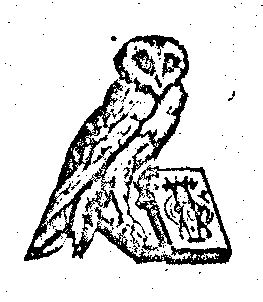E-text prepared by Ted Garvin, Turgut Dincer, Leonard Johnson,
and the Project Gutenberg Online Distributed Proofreading Team
()
RENAISSANCE IN ITALY
THE AGE OF THE DESPOTS
BY
JOHN ADDINGTON SYMONDS
'Di questi adunqueoziosi principi, e di queste vilissime armi, sarà piena lamia Istoria'

TO
MY FRIEND
JOHN BEDDOE, M.D., F.R.S.,
I DEDICATE MY WORK
ON
THE ITALIAN RENAISSANCE.
AUTHOR'S EDITION
AUTHORS NOTE TO THE AMERICAN EDITION.
Though these books taken together and in the order planned by the authorform one connected study of Italian culture at a certain period ofhistory, still each aims at a completeness of its own, and each can beread independently of its companions. That the author does not regardacquaintance with any one of them as essential to a profitable readingof any other has been shown by the publication of each with a separatetitle-page and without numeration of the volumes, while all three bearthe same general heading of "Renaissance in Italy."
PREFACE.
This volume is the First Part of a work upon the 'Renaissance in Italy.'The Second Part treats of the Revival of Learning. The Third, of theFine Arts. The Fourth Part, in two volumes, is devoted to ItalianLiterature.
Owing to the extent of the ground I have attempted to traverse, I feelconscious that the students of special departments will find much to bedesired in my handling of each part. In some respects I hope that theseveral portions of the work may complete and illustrate each other.Many topics, for example, have been omitted from Chapter VIII. in thisvolume because they seemed better adapted to treatment in the future.
One of the chief difficulties which the critic has to meet in dealingwith the Italian Renaissance is the determination of the limits of theepoch. Two dates, 1453 and 1527, marking respectively the fall ofConstantinople and the sack of Rome, are convenient for fixing in themind that narrow space of time during which the Renaissance culminated.But in order to trace its progress up to this point, it is necessary togo back to a far more remote period; nor, again, is it possible tomaintain strict chronological consistency in treating of the severalbranches of the whole theme.
The books of which the most frequent use has been made in this firstportion of the work are Sismondi's 'Républiques Italiennes'; Muratori's'Rerum Italicarum Scriptores'; the 'Archivio Storico Italiano'; theseventh volume of Michelet's 'Histoire de France'; the seventh andeighth volumes of Gregorovius' 'Geschichte der Stadt Rom'; Ferrari's'Rivoluzioni d' Italia'; Alberi's series of Despatches; Gino Capponi's'Storia della Repubblica di Firenze'; and Burckhardt's 'Cultur der